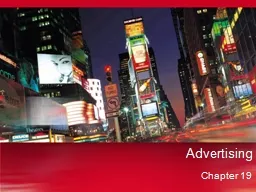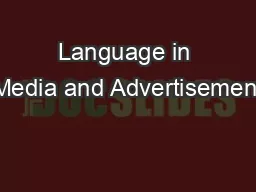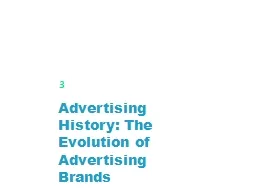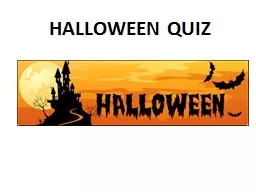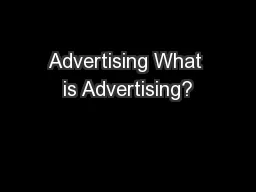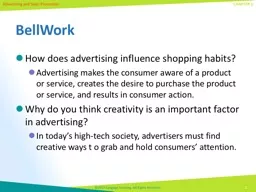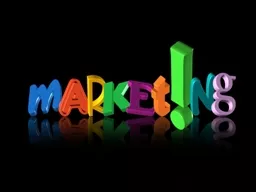PPT-Advertising Chapter 19 Advertising Slogan Quiz
Author : pasty-toler | Published Date : 2018-11-10
Pick handouts amp get textbook DO NOT WRITE ON TRANSITION HANDOUT With a Partner Review and answer the slogan quiz handout on your own paper or on a new Word
Presentation Embed Code
Download Presentation
Download Presentation The PPT/PDF document "Advertising Chapter 19 Advertising Sloga..." is the property of its rightful owner. Permission is granted to download and print the materials on this website for personal, non-commercial use only, and to display it on your personal computer provided you do not modify the materials and that you retain all copyright notices contained in the materials. By downloading content from our website, you accept the terms of this agreement.
Advertising Chapter 19 Advertising Slogan Quiz: Transcript
Download Rules Of Document
"Advertising Chapter 19 Advertising Slogan Quiz"The content belongs to its owner. You may download and print it for personal use, without modification, and keep all copyright notices. By downloading, you agree to these terms.
Related Documents

